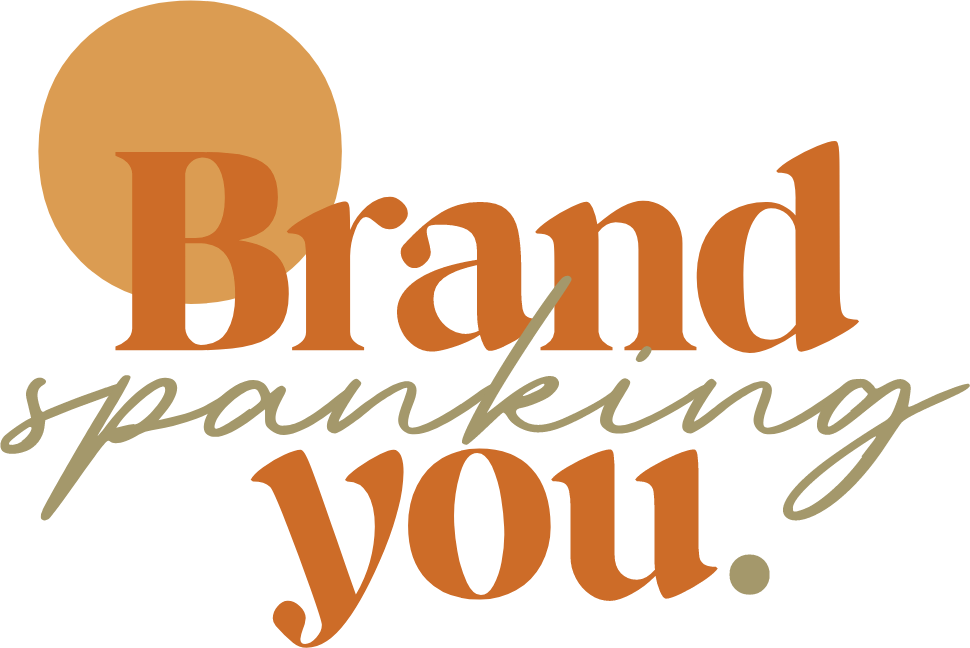A powerful branding tool: Brand Archetypes
You’ve probably heard over and over how important storytelling is for brand-building and marketing. And sure, that’s true, but there’s a building block BEFORE storytelling that’s even more important and powerful: Character development.
To be more specific: I’m talking about something called brand archetypes.
Brand archetypes are one of my FAVORITE ways to start building the foundation of a rock-solid brand strategy. And in this post, I’m going to give you an overview of brand archetypes, a little history, and why they’re so important.
And then in future posts, we’ll dive into the specifics of the individual archetypes, how to decide/ choose which archetypes are right for your brand and business, and how to use them to create engaging, client-attracting branding, messaging, and marketing.
Are you ready? Let’s go.
First: What the heck are brand archetypes anyhow?
The easiest way to sum up archetypes is to think of them like characters. Archetypes are ubiquitous, symbolic personality types that have shown up since the beginning of time and span all genres of storytelling (movies, books, etc.).
These timeless characters are universally recognized and part of the collective unconscious.
Additionally, each individual archetype raises unique core desires and fears within us.
They’re commonly used as storytelling devices because they represent fundamental structures of the human psyche- the way people think and behave. This helps our brains form predictable behaviors or paths that archetypes (or characters) will act out or take.
Since I’m talking about archetypes, I gotta mention Carl Jung. He created archetypes with his work around the human psyche. And this work forms the basis for modern brand archetypes. In fact, most brand strategists and businesses still use the 12 Jungian archetypes for their brands as is.
Alright- so what’s all this talk about the human psyche? Aren’t we talking about branding?
YUP. And that’s why archetypes are more important than ever.
FIRST: our brains naturally humanize things that aren’t even human, so aligning your brand with a universally recognized character, symbol, or theme gives your audience and customers a way to relate to your brand on a deeper, human level. And obviously, this creates a more personal connection between your brand (you) and your audience.
SECOND: Today’s businesses and brands need to have a 2-way dialog with consumers. The age of just pumping out one-way broadcast ads and marketing is LONG over. And this (again) forces the humanization of brands.
Brands need to not only understand who they are BUT ALSO who they are attracting via this dialog. Which leads us to…
THIRD: Archetypes aren’t just for the brand! Your target customers also fall into certain archetypes. So by using brand archetypes, you create a way for your consumers to align and embrace your message the same way they do with other humans- like friends, family, coworkers…- in their real life.
Are you starting to see how powerful this can be as a tool to create a relationship and bond with your audience?? How creating messaging and marketing become a whole heck of a lot easier when you can tie it all back to common symbols that everyone unconsciously understands? (Pretty cool, huh?)
This, my friend, is why I love brand archetypes SOOOOO much.
Now, traditionally, there are 12 brand archetypes (based on the Jungian archetypes). But I’ve reimagined and reorganized some of them, plus expanded the field to include 16 archetypes.
I also approach brand archetypes with a “blended” approach. Just like humans, our brands and businesses aren’t one-dimensional. Almost every brand I’ve encountered is an amalgamation of 2-3 archetypes. So, I like to show business owners how to utilize a primary and secondary archetype in their branding.
Don’t be scared! It’s not complicated and actually takes the pressure off of having to shove every single thought or emotion you have for your business into a standalone archetype.
I’m not going to go through all the archetypes in this post (an overview on all the types is coming soon- so hold onto your butt!), but, I am dropping my brand archetype wheel image here so you can get a taste of what’s to come.
It’s a lot to take in, but after you take a look, drop a “hell yes!” in the comments if you’re excited about using archetypes for your brand.
AND… if you’re feeling extra spunky you can let me know what you’re most excited to learn about in regards to archetypes and/ or any questions you might have before we continue our deep dive together!
Meet Sarah
Sarah is an award-winning Designer, Creative Director & Brand Strategist for billion-dollar companies turned entrepreneur. She’s passionate about empowering online coaches and experts with tools that help them build businesses aligned with their values and lives, not the other way around.















